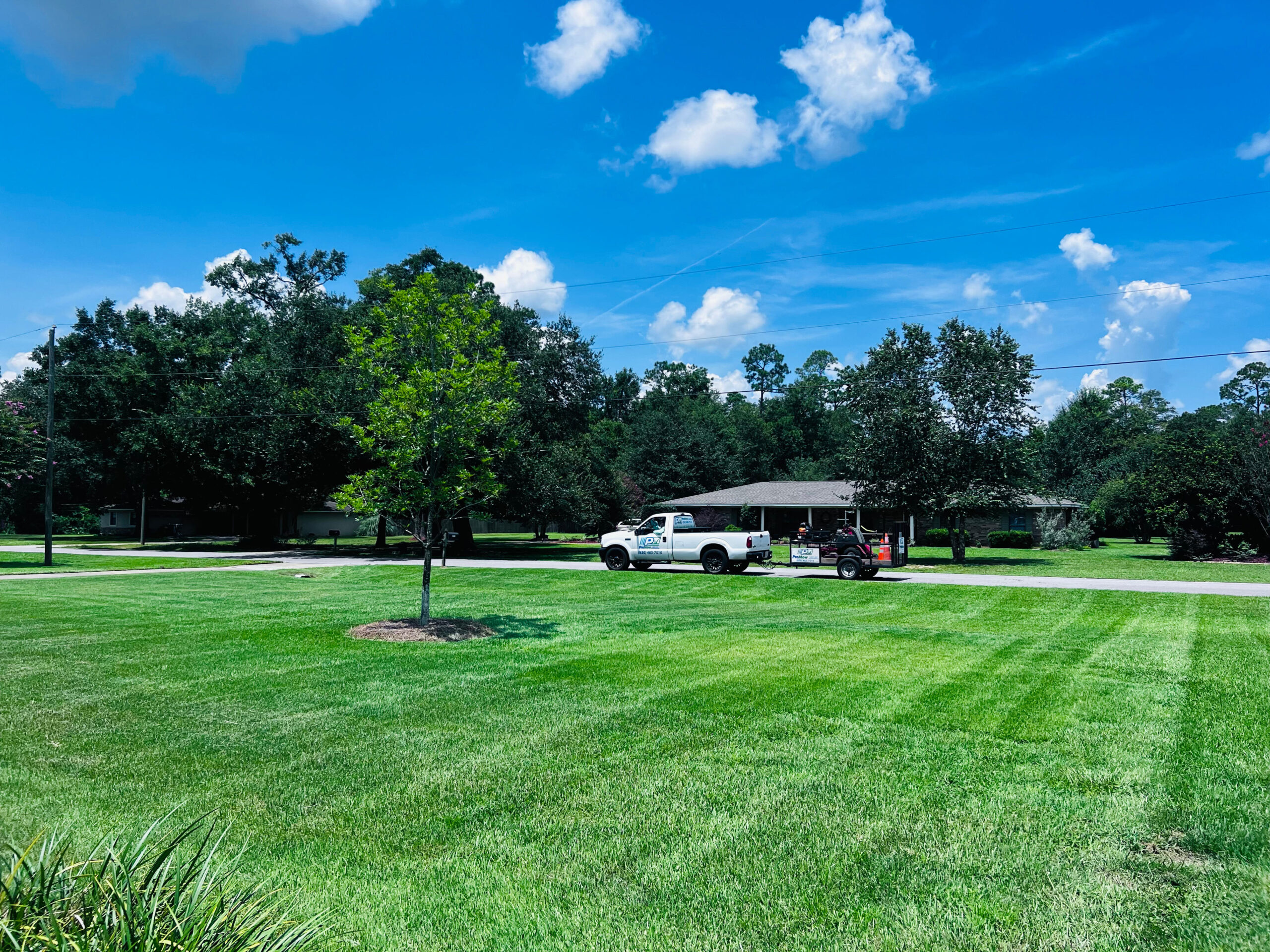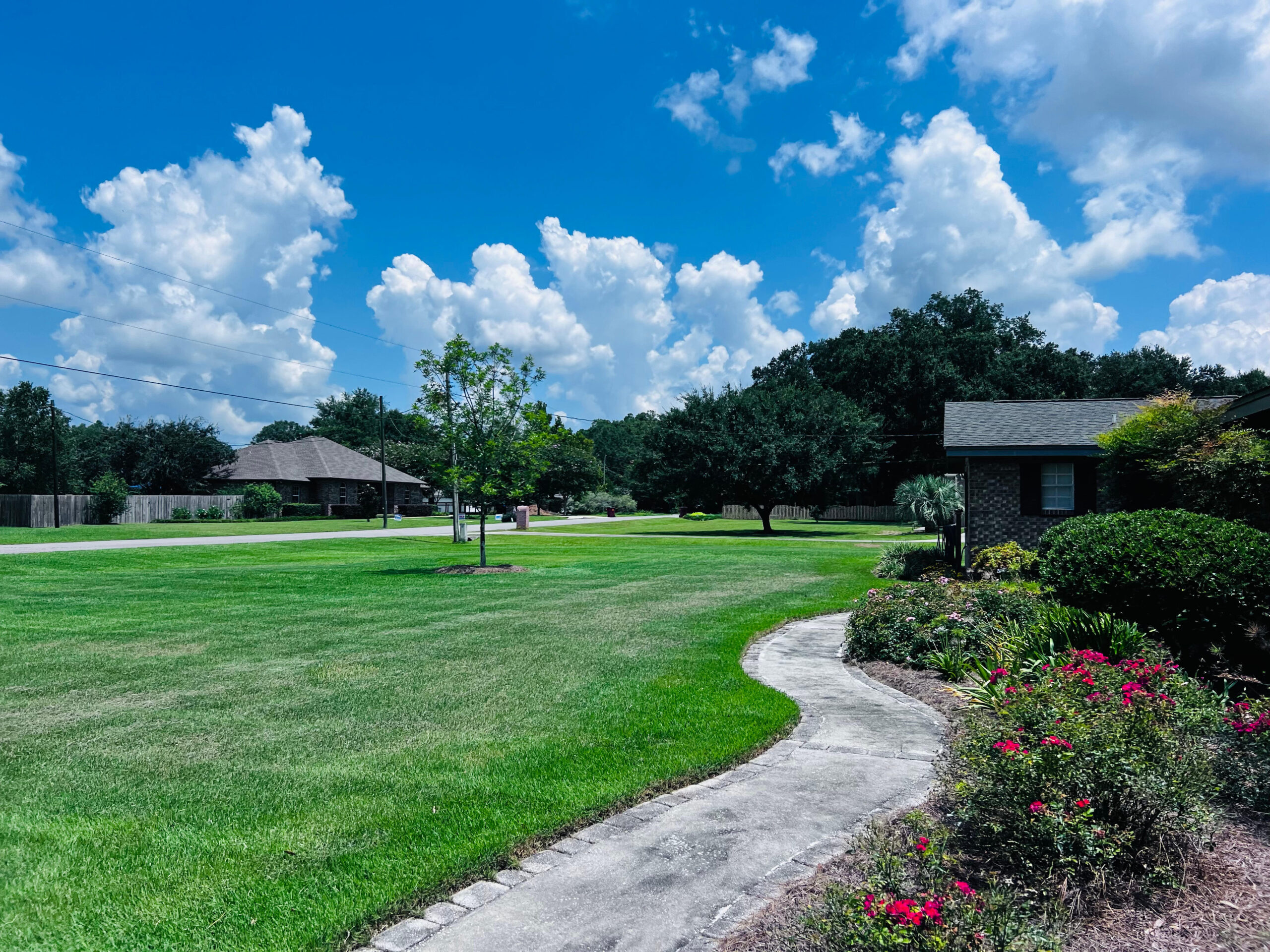Sod Installation That Turns Heads and Sprinklers
The Benefits of Sod Installation For Your Yard
Sod installation is one of the fastest and most effective ways to get a healthy, green lawn without the wait. Unlike seeding, which can take weeks or even months to grow in evenly, sod gives you an instant transformation. It comes in pre-grown rolls, ready to be laid down like carpet, offering a uniform and weed-free surface from day one. The soil underneath gets immediate coverage, and the roots begin bonding with the ground within a couple of weeks. If you’re tired of patchy, uneven grass or the high-maintenance routine that comes with seeding, sod installation is a reliable solution that delivers quick results and lasting satisfaction.It Saves You Money In Regards to Lawn Maintenance
When you invest in sod installation, you’re also saving yourself money in the long run. Think about all the time, effort, and resources that go into maintaining a seeded lawn, like extra fertilizer, weed control, constant watering, and multiple attempts to fill bare spots. A sod lawn, on the other hand, is already mature and healthy when it arrives. Because it grows densely, it naturally chokes out weeds, reducing the need for herbicides. It also holds moisture better than bare soil, lowering your water bill. In the long term, fewer repairs and less maintenance mean more money in your pocket and more time enjoying your yard instead of fixing it.Get a Lusher, Greener Lawn in an Instant!
If you’ve ever stared longingly at your neighbor’s perfect green yard, sod installation gives you a chance to match or even outshine it. Sod provides immediate curb appeal, which is especially valuable if you’re preparing to sell your home or host outdoor events. The grass is thick, healthy, and evenly grown, so you skip the awkward growing-in phase and go straight to a polished look. This kind of transformation doesn’t just boost your home’s appearance, it can also improve your property value. Plus, nothing beats the feeling of stepping onto soft, cool grass the same day it’s installed.
What Should You Do After Your Sod installation?
Getting sod installed is just the beginning. What you do in the following days and weeks will determine whether your new lawn thrives or struggles. The early stages are critical for root development, and your attention plays a major role in the outcome. You’ll want to pay special attention to watering, mowing, and keeping foot traffic to a minimum. Following the right steps after sod installation will help your sod lawn establish strong roots and grow into a beautiful, lasting feature of your home.What to Do Post Sod Installation
Once your new sod has been laid down, the clock starts ticking. The first watering should happen as soon as possible, ideally within 30 minutes of installation. This ensures the roots stay moist and begin bonding with the soil beneath. For the first two weeks, keep the sod damp at all times. Depending on the weather, this might mean watering two to four times a day. Be cautious with foot traffic, especially during this early stage, as walking on the sod before its roots can create uneven areas or weaken the root system. Patience and consistency in those first days will pay off later.How to Maintain the Health of Your Sod Lawn
After the initial establishment phase, you can shift your focus from heavy watering to building resilience. Begin watering less frequently but for longer periods, encouraging the roots to grow deeper. This helps your sod lawn stay green and healthy, even in drier weather. When it comes time to mow, wait until the grass is at least three inches tall, and make sure your mower blade is sharp to avoid tearing the new grass. You’ll also want to keep an eye on the color and texture of the lawn, particularly if it starts to dull or show dry spots. This is usually a sign that adjustments to your watering schedule or sprinkler coverage are needed.
How Sprinklers Integrate With Your Sod Installation
An effective sprinkler system makes a big difference when it comes to keeping your new sod healthy. It’s not just about convenience; it’s about precision. Watering by hand or using basic sprinklers often leads to uneven coverage, especially on larger lawns. A properly designed sprinkler system ensures that every section of your yard receives the water it needs when it needs it. It reduces waste, prevents overwatering, and keeps your lawn consistently green from edge to edge. If you’re going to invest in sod installation, pairing it with a dependable sprinkler head setup is a smart move.The Benefits Of Having Sprinklers for Your Sod Lawn
When a well-designed sprinkler system supports your sod lawn, you can expect better results with less effort. Sprinklers help maintain consistent moisture levels, which is essential for both new and established sod. With programmable timers, you can set watering schedules that suit your lawn’s needs and adjust for weather changes. The convenience alone is worth it, but the real benefit lies in the even coverage. Each sprinkler head can be positioned to reach specific areas, avoiding dry patches and waterlogged spots. Over time, this keeps your sod looking lush, healthy, and hassle-free.Important Advice To Keep In Mind About Sprinklers
Before you turn your sprinklers on full blast, consider a few things. First, make sure your sprinkler heads are properly spaced and adjusted. Poorly aimed or clogged heads can leave parts of your sod lawn dry or oversaturated. Test your system regularly to ensure each zone performs as it should. It’s also a good idea to schedule watering during the early morning hours when temperatures are cooler and evaporation is minimal. Lastly, don’t forget seasonal adjustments. For instance, your watering schedule needs to change throughout the year, and your sprinkler system as well. Staying on top of these small details will help your sod lawn stay healthy all season long.
Conclusion
Now that you know the importance of properly maintaining your sod lawn and how to integrate it with your sprinkler system effectively, it does require continual upkeep. However, whether you need to be gone for an extended period or it’s becoming increasingly difficult to keep up a consistent routine due to the business of life, we can help you with that. At Promow, you can count on us to help you get the greenest, healthiest lawn around!
From helping you install our highest quality, versant sod for your yard to ensuring it stays that way, you can count on our high-quality services to pull through for you. At Promow, we combine our high-quality lawns with our high-quality service to create a lawn care experience without all the headaches and hassle. Interested in what we have to offer? You can contact us today for a free consultation, answer any curious inquiries, learn more about who we are, or book an appointment with us.
We're now accepting new clients, call now to speak with a representative.
SERVICES
SERVICE AREAS
CONTACT US NOW
"*" indicates required fields
 david@promow-lawns.com
david@promow-lawns.com
